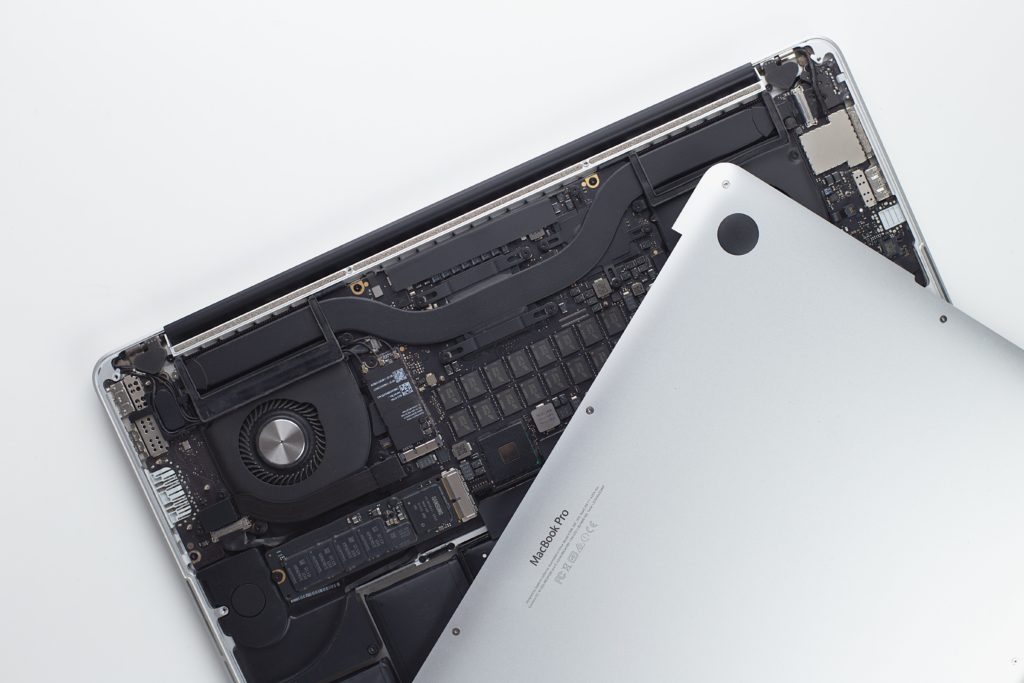
The Right-to-Repair movement is aimed to save consumers money while ensuring longer product lifespan and minimizing e-waste by eliminating planned obsolescence. By definition, “Right-to-Repair is a category of laws that require manufacturers of consumer electronics and other goods to build their products in a way that allows customers to repair their products without having to go through the manufacturer.” (Waste 360, 2021).
Many consumers tend to throw away their old technology in the trash when the device no longer holds a charge or the hard drive malfunctions. Numerous amount of manufacturers have noticed this and have adopted more sustainable practices and ESG (environmental, social and governance) standards in production and have implemented trade-in programs to minimize the amount of electronic waste from being thrown in the landfills.
“The EPA (the United States Environmental Protection Agency) estimated that, “Discarded electronics accounted for around approximately 2.37 million tons of electronic waste in 2009 with around 1.77 tons ending up in landfills.” (Waste 360, 2021). However, due to security concerns related to the destruction of obsolete devices, manufacturers continue to move towards proprietary hardware which has resulted in fewer repair options for devices.
The Right-to-Repair movement continues to drive force and these standards will likely expand to more industries as governments take the necessary measures to meet sustainable practices. Although “No national Right-to-Repair framework exists yet in the United States, at least 10 states have active measures pending.” (Waste 360, 2021). However, once more manufacturers begin to adopt Right-to-Repair practices, consumers should be able to expect an extended lifespan on their next devices.
Lifespan exemplifies great ITAD processes to help support your businesses by maximizing value recovery and protecting the environment. Stand with us and support our Right-to-Repair to build a better planet and brighter future. Talk to us today!
To learn more about the Right-to-Repair movement, read this article by Waste 360.

